Switzerland's majestic Alpine landscapes attract millions of visitors each year, offering breathtaking vistas and world-class skiing. However, the high-altitude environment poses unique health challenges, particularly acute mountain sickness (AMS). Understanding how to prevent and manage altitude-related illnesses is crucial for anyone venturing above 2,500 meters in the Swiss Alps.
The human body requires time to adapt to decreased oxygen levels at higher elevations. This physiological process, known as acclimatization, varies significantly between individuals. Some travelers may experience symptoms as low as 2,000 meters, while others remain unaffected until reaching much greater heights. The Swiss Alpine Club recommends gradual ascent patterns, ideally not exceeding 300-500 meters of elevation gain per day when above 2,500 meters.
Early recognition of AMS symptoms can prevent more severe complications. Common indicators include persistent headache, nausea, dizziness, fatigue, and difficulty sleeping. These typically appear within 6-12 hours of arrival at altitude. Contrary to popular belief, physical fitness doesn't confer immunity to altitude sickness - even Olympic athletes can be affected. The Swiss medical community emphasizes that listening to one's body is paramount when at elevation.
Hydration plays a critical role in altitude adaptation. The dry mountain air accelerates fluid loss through respiration and perspiration, while the body produces more urine at altitude. Swiss mountain guides recommend consuming at least 3-4 liters of water daily, avoiding alcohol and excessive caffeine which can exacerbate dehydration. Many alpine huts now provide herbal teas specifically formulated to support acclimatization.
Medication prophylaxis remains a controversial topic in altitude medicine. While acetazolamide (Diamox) can aid acclimatization, Swiss physicians caution against its routine use without medical supervision. The medication alters blood chemistry to stimulate breathing, but may cause unpleasant side effects. Local pharmacies in mountain resorts stock various remedies, but prevention through proper ascent profiles remains the gold standard.
Children appear equally susceptible to AMS as adults, though they may have difficulty articulating symptoms. Swiss pediatricians advise extra caution when ascending with young ones, watching for irritability or loss of appetite as potential warning signs. Many family-friendly resorts in the Swiss Alps maintain altitudes below 2,500 meters specifically to minimize these risks.
The Swiss healthcare system has developed sophisticated protocols for altitude emergencies. Mountain rescue teams, accessible via the universal emergency number 144, employ specially trained physicians familiar with high-altitude medicine. Many ski resorts and mountain hotels now carry portable hyperbaric chambers for treating severe cases until evacuation becomes possible.
Weather conditions significantly impact altitude tolerance. Rapid barometric pressure changes during storms can effectively "increase" the physiological altitude by hundreds of meters. The renowned Swiss Meteorological Institute provides detailed forecasts that include altitude-specific health recommendations, particularly useful for planning summit attempts.
Nutritional strategies can support acclimatization. Traditional Swiss alpine diets rich in complex carbohydrates help maintain energy levels in oxygen-deprived environments. Many mountain huts emphasize easily digestible meals, with rye bread, cheese, and dried meats featuring prominently. Recent studies conducted at Zurich University suggest antioxidants may help mitigate some effects of altitude.
Sleep quality often deteriorates at altitude due to periodic breathing patterns. The Swiss sleep research community has developed specific recommendations for high-altitude slumber, including elevated head positions and maintaining slightly cooler room temperatures. Some luxury alpine hotels now offer oxygen-enriched rooms to improve guests' sleep above 3,000 meters.
Pre-existing medical conditions require special consideration at altitude. Cardiovascular and respiratory conditions may worsen, while some medications behave differently in low-oxygen environments. Switzerland's network of mountain medicine specialists provides pre-travel consultations for visitors with health concerns through major hospital centers in Geneva, Zurich, and Bern.
Technology has transformed altitude sickness prevention. Wearable devices that monitor blood oxygen saturation have become popular among mountaineers visiting Swiss peaks. Several Swiss companies now produce altitude simulation apps that help visitors plan gradual ascent itineraries based on scientific models of acclimatization.
The Swiss approach to altitude sickness prevention combines cutting-edge medical research with traditional mountain wisdom. By respecting elevation's physiological impacts and preparing appropriately, visitors can safely enjoy the breathtaking beauty of the Alps. As the old Swiss mountaineering saying goes: "The mountain will always be there - your job is to make sure you are too."

By Grace Cox/Apr 14, 2025

By Emma Thompson/Apr 14, 2025
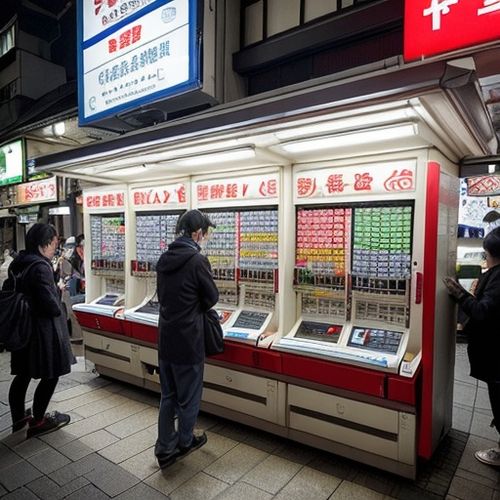
By Daniel Scott/Apr 14, 2025
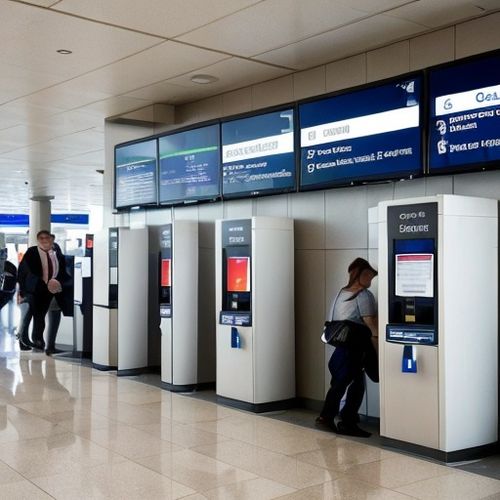
By Rebecca Stewart/Apr 14, 2025

By Emily Johnson/Apr 14, 2025
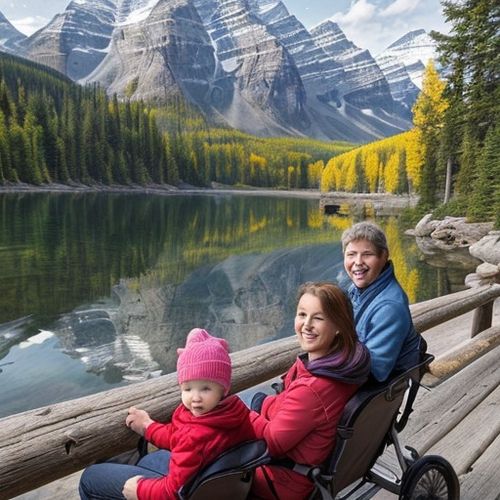
By Megan Clark/Apr 14, 2025
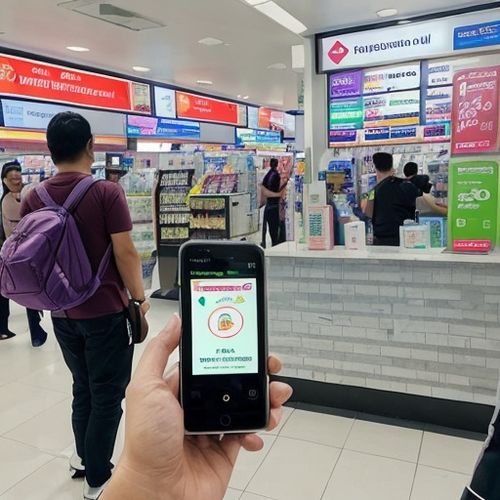
By Emma Thompson/Apr 14, 2025

By Grace Cox/Apr 14, 2025
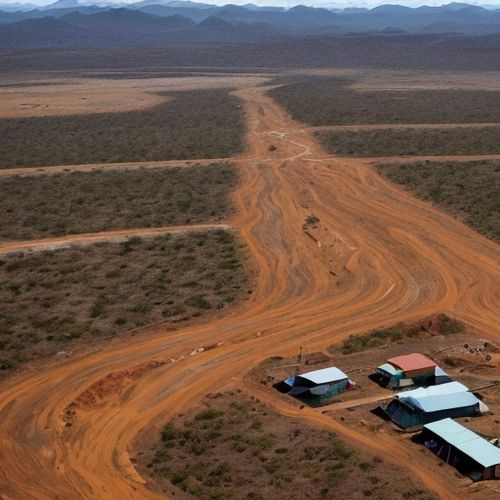
By Christopher Harris/Apr 14, 2025

By Joshua Howard/Apr 14, 2025
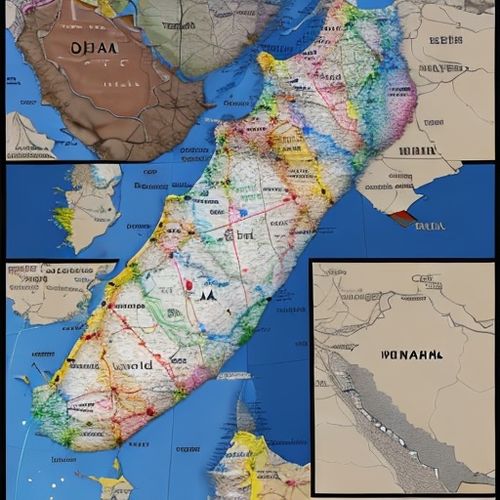
By Noah Bell/Apr 14, 2025

By Grace Cox/Apr 14, 2025

By Joshua Howard/Apr 14, 2025

By Victoria Gonzalez/Apr 14, 2025

By Grace Cox/Apr 14, 2025

By Christopher Harris/Apr 14, 2025

By Lily Simpson/Apr 14, 2025

By Laura Wilson/Apr 14, 2025

By Michael Brown/Apr 14, 2025

By Noah Bell/Apr 14, 2025